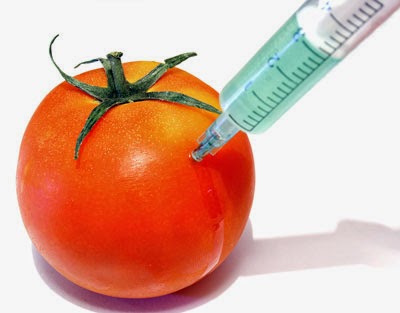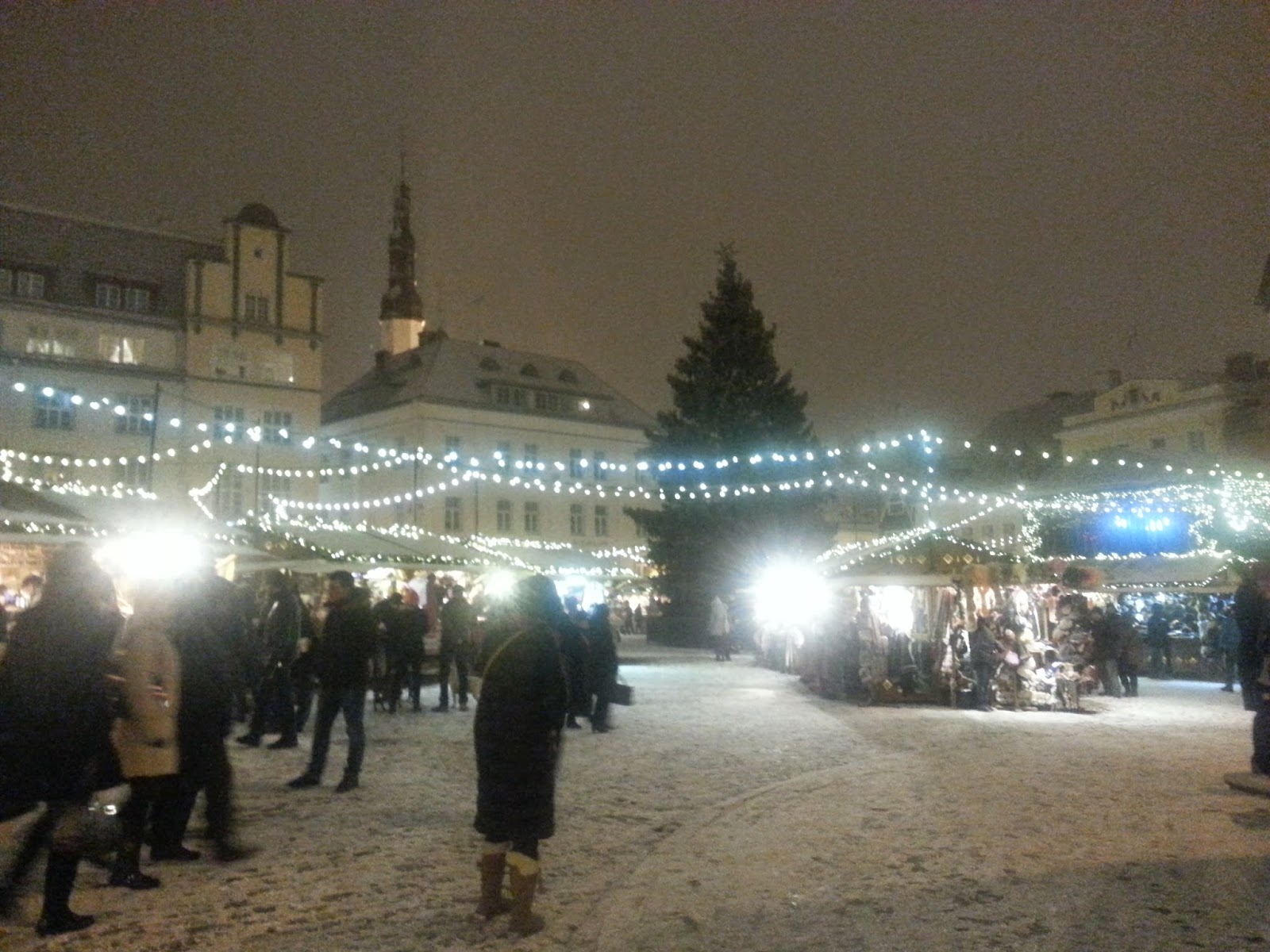During the last December, I went to Tallinn and Helsinki with my boyfriend.
We spent three days in Tallinn and six days in Helsinki. It was an amazing trip and I fell in love (even more than before) with the Northern European countries!
We arrived in Helsinki by ship and then we went to the apartment we had rented (I have to admit that we had some problems to get there..!). I immediately thought that it was my place! The atmosphere that reigned there inebriated me, it is inexplicable by words.
We visited lots of places, and there are some in particular which captured my heart.
Senate Square and its surroundings, where you could breathe the classic "nordic air", the place where during the Christmas period the typical market takes place, with a wonderful, great fir in the middle of the square, at the foot of the stairway leading to the Cathedral. Unfortunately, in that period the Christmas market wasn't set up yet.
Another beautiful site to visit is the sea fortress on Suomenlinna Island, which can be reached by ferry from Helsinki Market Square. The fortress was founded in 1748 and in 1991 it was listed as a UNESCO World Heritage Site, to be preserved for future generations as an example of the European military architecture of its time. Six museums are located there, but we visited only the Suomenlinna Museum and then we had a walk around the island. The view was wonderful and there were also very nice households on the island.


Korkeasaari is the Zoo, placed on one of the islands connected to the city. It was established in 1889 and so it is one of the oldest zoos in the world! It is very well made and all the animals have a lot of space for them. There I saw one of my favorite animals, the Snow Leopard, but also the Amur Leopard, the lynx, the lions and lots of other beautiful and interesting species. Sadly, both the Brown Bear and the tiger were not there in that period. Anyway, it was a fantastic experience and I would like to visit it again, maybe in summer (the air was frosty!).
Of course, as I love fashion and shopping, it was impossible for me not to lose my mind in Alexanterinkatu, the incredible shopping street of Helsinki! In fact, I bought a couple of things...
Oh, I forgot to say that in Senate Square there is also the Martiini Knives shop, where typical Finnish knives are sold (I bought one for my dad, but honestly if I could I would have taken away the whole store!) and it is an obligatory stop if you like knives (as I do).
Other places that we visited are the National Museum, Uspenski Cathedral, Hesperian Puisto, Hietalahti Market, the Military Museum, the Helsinki City Museum and the Market Square.
If you are going to Helsinki, I strongly recommend you to buy the Helsinki Card. We did it and it is very useful, as it allows you to use the public transport free, it gives you discounts or free access to many museums and it enables you to get reduced prices if you buy in certain shops and in some restaurants.






































